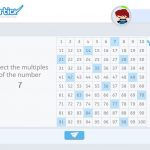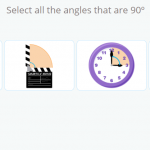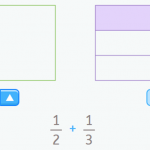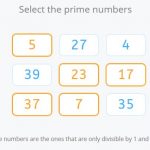Mar19
Do You Want to Learn the Properties of Powers?

In today’s post we’re going to talk about some of the properties found in powers. But first it’ll be useful to review the concept of a power, its elements, and how to use it. You can find all this in another Smartick blog post. Once you’ve finished recapping, we can carry on. Powers with an exponent […]
Continue reading »











